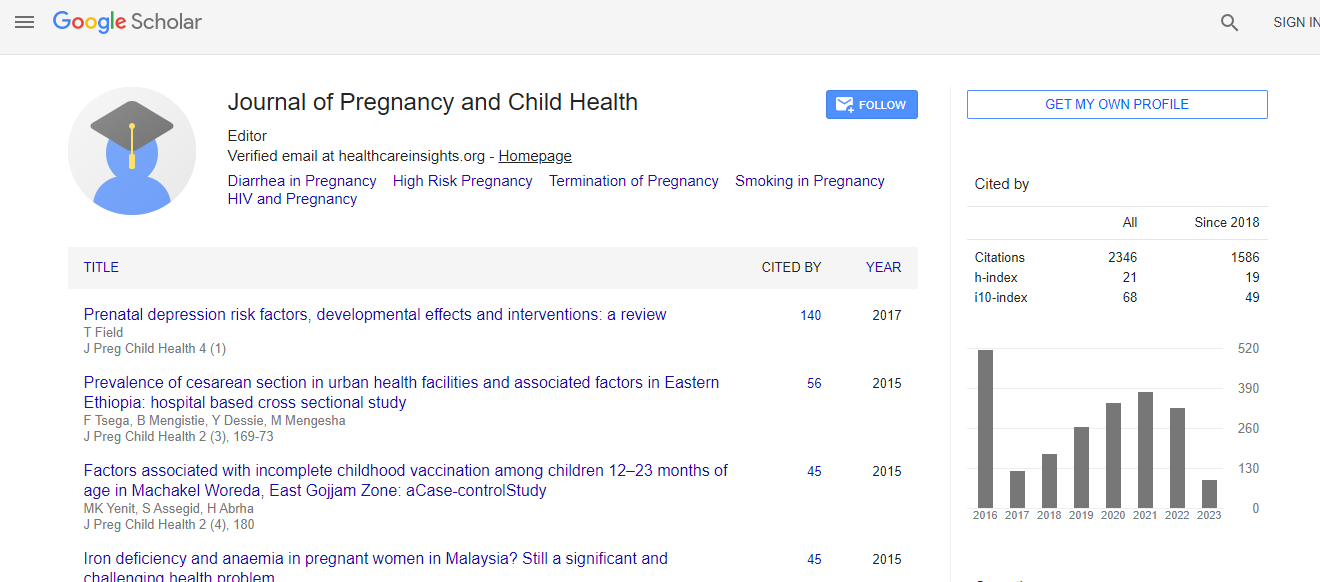Research Article
Frozen Blastocyst Transfer Has Similar Success Rates in Asian and Caucasian Patients
| Stephanie L.F. Gustin*, Ruth B. Lathi, Amin A. Milki and Lynn M. Westphal | |
| Obstetrics and Gynecology, Stanford Univeristy School of Medicine, Reproductive Endocrinology and Infertility, USA | |
| Corresponding Author : | Stephanie L.F. Gustin Obstetrics and Gynecology,Stanford Univeristy School of Medicine Reproductive Endocrinology and Infertility,USA Tel: 650 498 7911 Fax: 650 498 7294 E-mail: sfisher@stanford.edu |
| Received July 16, 2014; Accepted November 29, 2014; Published December 01, 2014 | |
| Citation: Gustin SLF, Lathi RB, Milki AA, Westphal LM (2014) Frozen Blastocyst Transfer Has Similar Success Rates in Asian and Caucasian Patients. J Preg Child Health 1:122. doi: 10.4172/2376-127X.1000122 | |
| Copyright: © 2014 Gustin SLF, et al.This is an open-access article distributed under the terms of the Creative Commons Attribution License, which permits unrestricted use, distribution, and reproduction in any medium, provided the original author and source are credited. | |
Abstract
With increasing evidence that ethnicity plays a role in health and treatment outcomes, the goal of this study was to evaluate the outcome of frozen blastocyst transfer in Asian compared to Caucasian women. In this same patient population, we previously found that fresh blastocyst transfer had a lower success rate in the Asian patients. The current study then examined 72 patients who returned and underwent subsequent frozen blastocyst transfer, of which 42 (58.3%) self-identified as Caucasian and 30 (41.7%) as Asian. With the exception of body mass index, both groups within this subset of the original study population had comparable baseline characteristics. After frozen blastocyst transfer, implantation rates (23% vs. 30%), pregnancy rates (33% vs. 33%), and live birth rates (26% vs. 27%) were not significantly different between Caucasians and Asians, respectively. Thus, we found no difference in outcomes with frozen blastocyst transfer in Asian patients compared to Caucasian patients, despite the fact that the former had lower success rates with fresh blastocyst transfer. Given this finding, further large prospective, randomized studies are necessary to determine whether race and ethnicity should prompt physicians to further individualize ART procedures. Stanford IRB: Protocol 20102

 Spanish
Spanish  Chinese
Chinese  Russian
Russian  German
German  French
French  Japanese
Japanese  Portuguese
Portuguese  Hindi
Hindi 
